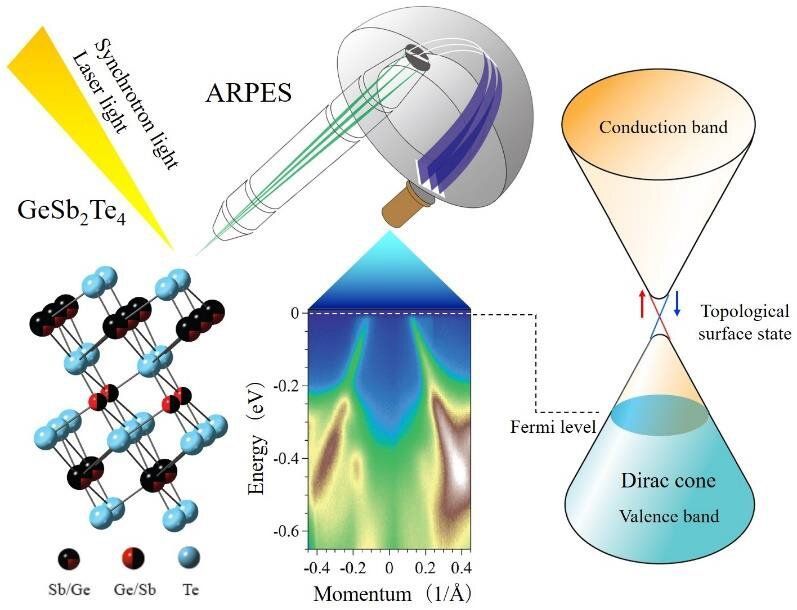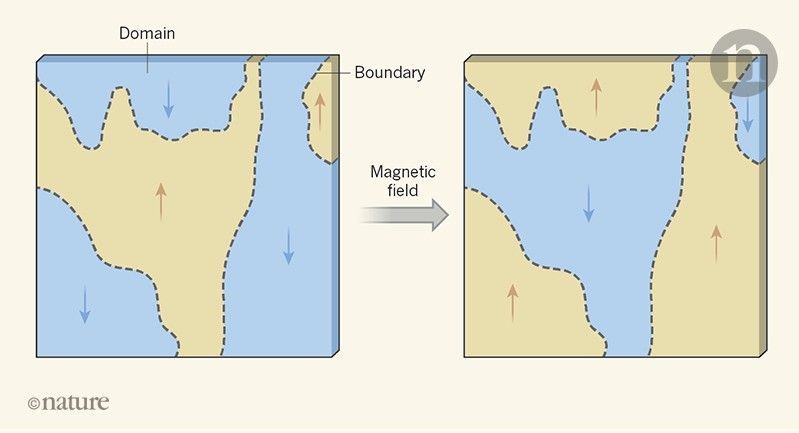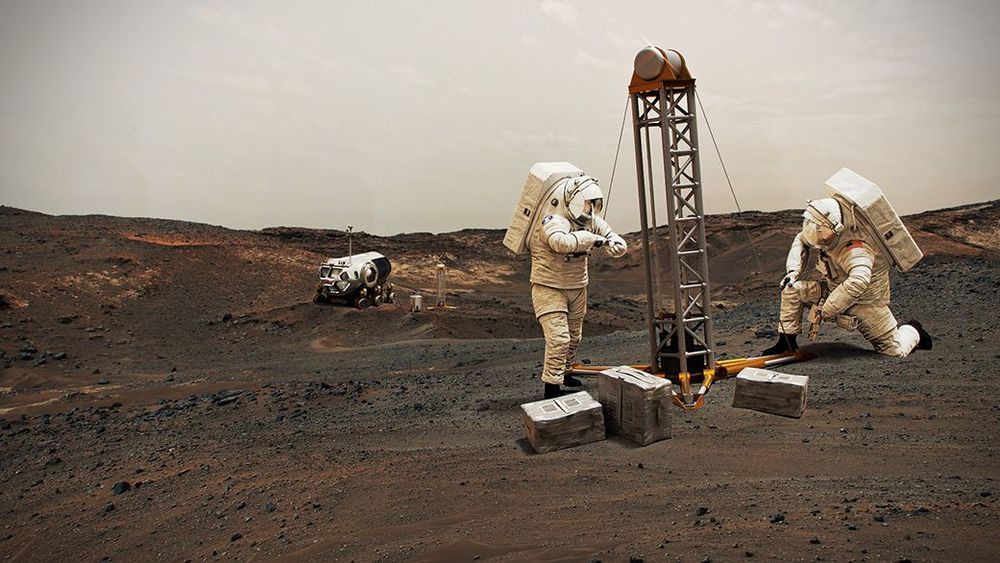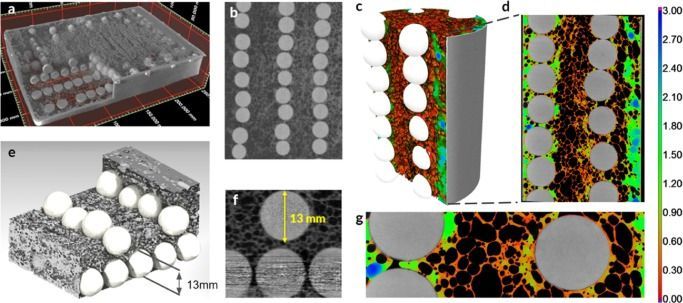Researchers have found electrons that behave as if they have no mass, called Dirac electrons, in a compound used in rewritable discs, such as CDs and DVDs. The discovery of ‘massless’ electrons in this phase-change material could lead to faster electronic devices.
The international team published their results on July 6 in ACS Nano, a journal of the American Chemical Society.
The compound, GeSb2Te4, is a phase-change material, meaning its atomic structure shifts from amorphous to crystalline under heat. Each structure has individual properties and is reversible, making the compound an ideal material to use in electronic devices where information can be written and rewritten several times.








